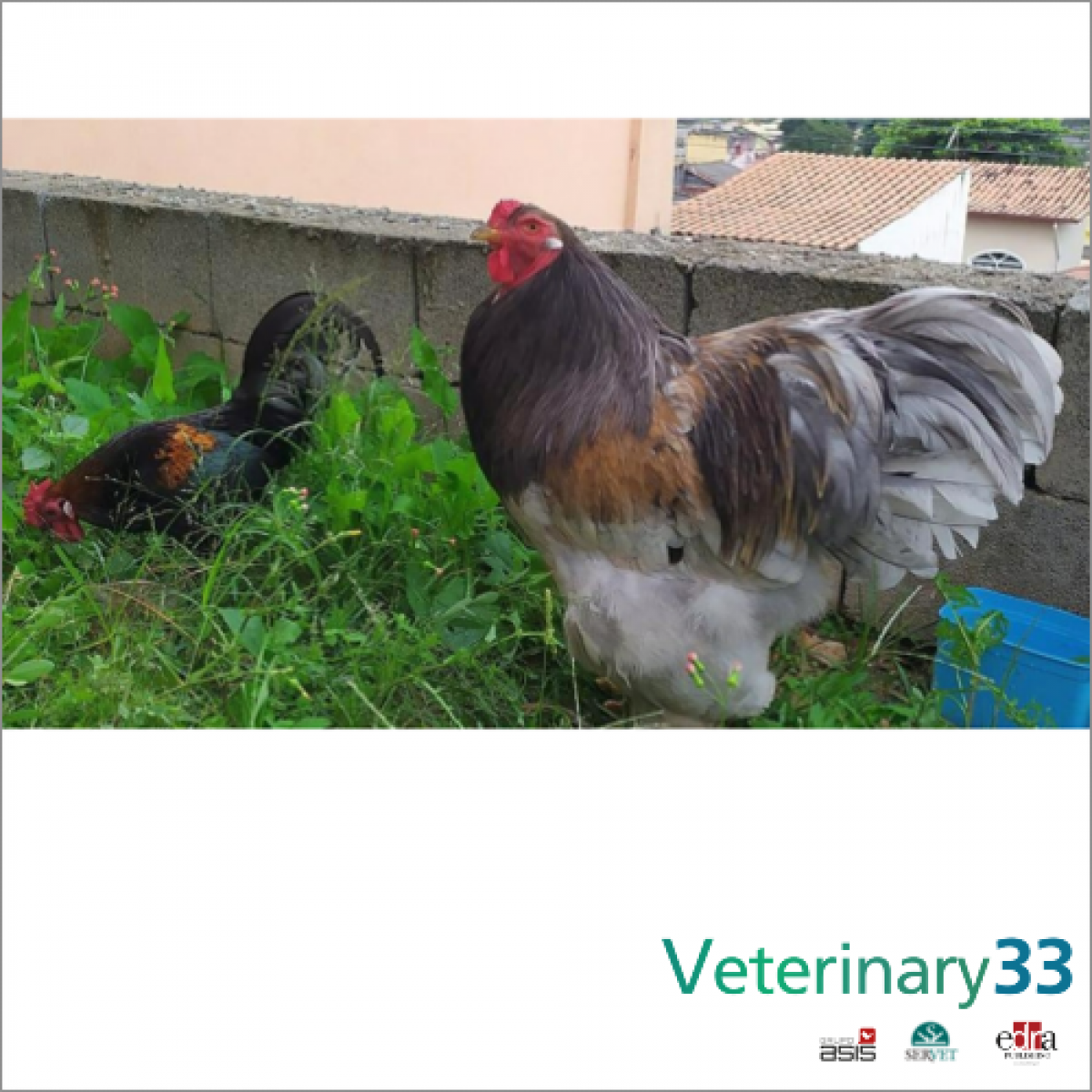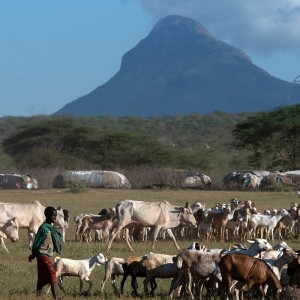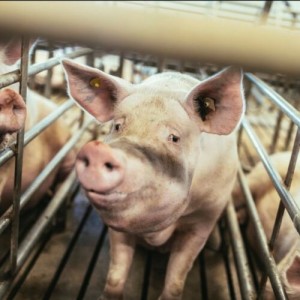Backyard chickens increase the risk of spreading pathogens
Backyard chicken farming has become popular, especially during the COVID-19 pandemic. However, a researcher at the University of Georgia warns that this practice has risks for chickens, wildlife, and people.
"As a researcher studying the movement of pathogens in different groups, I see backyard chickens as a possible interface where pathogens can spread to wild birds, or vice versa, and even to people," said Sonia Hernández, professor of diseases of wildlife at Warnell College of Forestry and Natural Resources and College of Veterinary Medicine. "Owners should seek information and medical care for their animals to minimize these risks."
Hernández and Andrea Ayala published their comprehensive review of pathogen transmission at the interface of wild birds and backyard chickens in Frontiers in Veterinary Science. Now a postdoctoral researcher at Yale University, Ayala earned a Ph.D. in the Comparative Biomedical Sciences program at the College of Veterinary Medicine.
Co-authors include Michael Yabsley, UGA Professor of Wildlife Diseases with a joint position at the Warnell School of Forestry and Natural Resources and the Southeastern Cooperative Study of Wildlife Diseases at the College of Veterinary Medicine.
Salmonella, the best-known pathogen
The best-known pathogen transmitted by chickens is salmonella, and almost everyone knows it, Hernández explained, thanks to public education and the outreach efforts of public health agencies. Food is the source of most of the 1.35 million estimated salmonella infections in people each year in the United States. Most people who get salmonella experience diarrhea, fever, and stomach cramps, but there are 26,500 hospitalizations and 420 deaths each year.
"An attempt is made to be aware of salmonella in backyard chickens because an explosion of salmonellosis has been seen in people as a result of this recent popularity of chicken farming," said the researcher. "It can become especially dangerous if young chickens that are shedding a lot of salmonellae are paired with young children who do not have the best hygiene practices."
How to reduce the risks of pathogens
Ayala identified a series of practices that backyard chicken owners can implement to reduce the risk of pathogens:
- Keep backyard chicken feeders where only chickens can reach them.
- Get rid of wild bird feeders.
- Use a mesh small enough to prevent wild birds from interacting with chickens.
- Eliminate contaminated water sources, insects, and rodents; maintain good hygiene (e.g., change shoes) when visiting different herds.
- Limit the number of visitors.
"As backyard chickens become more common, interactions between wild birds and them are likely to increase as well," Ayala said. "Wild birds are drawn to food, water, and shelter, and backyard chickens provide all three."
Examples of disease spread.
As Hernández and Ayala document in their article, it is well established that backyard chickens can serve as reservoirs of pathogens for the commercial poultry industry. The most likely mechanism of overflow involves wild birds.
Perhaps the best-documented example of a transmission of bacterial pathogens from chickens to wild birds is Mycoplasma gallisepticum, a bacterium that causes chronic respiratory diseases in chickens, which spread from poultry in 1994 to domestic finches and quickly became endemic. In North American passerine species.
“Historically, most highly pathogenic avian influenza viruses only affected chickens in commercial operations,” the researchers commented, “but recently, we have seen that they can, in rare cases, pass to people, and there are more and more reports affecting backyard chickens and wild birds. "
If this type of spill-over event occurs, the damage may extend beyond economic damage and result in loss of human life, they added.
"People must recognize that they have to take some responsibility for their health and the health of their animals," Hernández said. "Also, we are living in a pandemic right now due to an overflow event, plain and simple."














List
Add
Please enter a comment